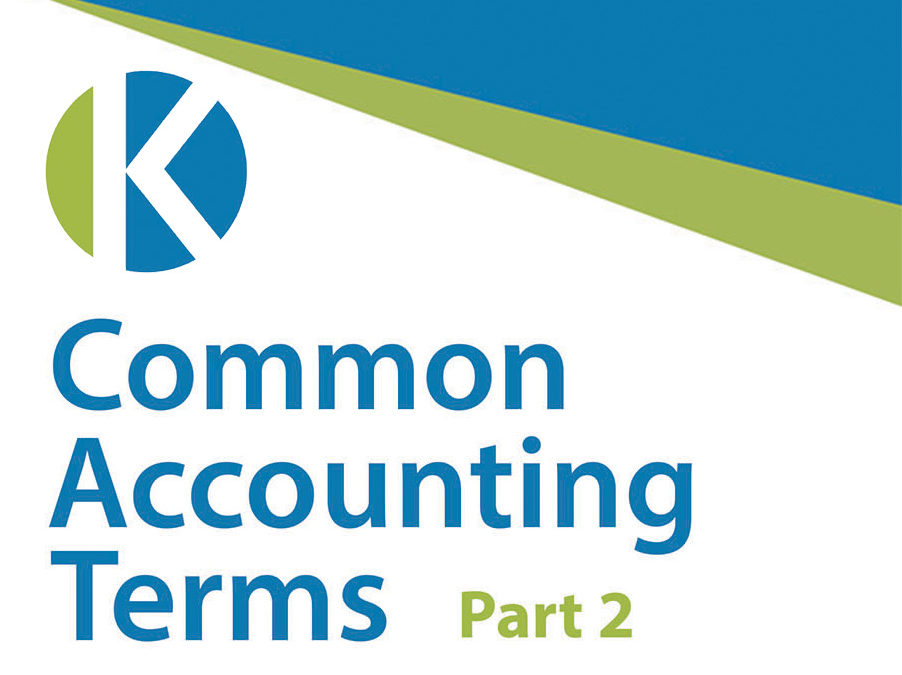Did you have a chance to read our Common Accounting Terms – Part One? If not, take a peek and than come back for Common Accounting Terms – Part Two! When looking at all of these items, you’ll also want to make sure you understand if they were prepared using the GAAP method, which is the Generally Accepted Accounting Principles that should be in place.
The method of accounting where all income earned and expenses incurred, prepaid or unpaid, are assigned to specific time periods is the Accrual Basis. Which is where the term Accrual comes from, where the recognition of income and expenses is recognized as they occur, even if they have not yet been received or paid in full.
Cash Basis, on the other hand, is the method of accounting used where notation is made only of cash received and cash disbursed in the General Ledger, which are all of the summarized accounts of a business.
Not everything goes perfectly, though, when it comes to accounting. At times, an Adjusting Entry may need to be made in order to correct something in a General Ledger account. This would be done in the General Journal, which are the records used for recording business transactions by performing a simple Journal Entry, or a recording of this business transaction.
You may also need to perform a Write Off, which would mean you are accepting that a payment that should be coming in isn’t going to be realized. In this case, you would transfer the balance of the account, which was previously an asset, and move it over to an expense account.
It also is important to understand the Accounting Terms that are associated with borrowing money for a business.
For example, knowing the specific Terms of a loan you may take out is very important, so you know all of the conditions of payment. You will also want to take a look at an Amortization Schedule, which will show you all of the payments that will be made until the loan reaches maturity. This schedule will help you see how the Principal is being paid off, or the money that you borrowed that interest is calculated on, compared to the Interest.
Finally, you’ll want to make sure you understand what it means to perform a Reconciliation of Bank Statements. This is the process of making sure everything is balanced between the bank account and the balance that the depositor’s records show.
Now you will have those keywords and phrases handy to have an educated conversation when talking to your accountant! Make your meetings and conversations more productive and enjoyable for everyone and be a better business owner!

